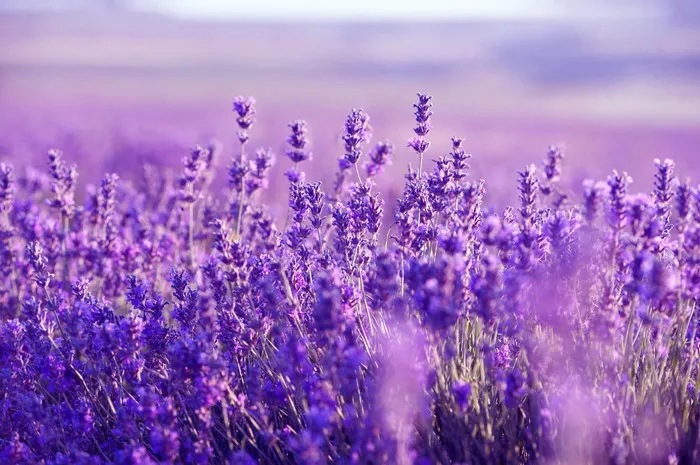In the eternal battle to protect our gardens from the encroachment of unwanted pests, nature has provided us with an elegant solution: flowers. Beyond their aesthetic appeal, certain flowers possess natural properties that repel animals and insects, serving as a sustainable and eco-friendly alternative to chemical pesticides. In this article, we will delve into the world of pest-repelling flowers, exploring their effectiveness and how they can be integrated into garden design to create thriving, pest-resistant ecosystems.
Understanding Pest Repellent Flowers
Flowers have evolved various defense mechanisms to deter herbivores and pests from consuming them. Some produce strong scents or contain compounds that animals find unpalatable, while others emit chemicals that disrupt pests’ ability to locate food sources or breed. By strategically incorporating these flowers into garden landscapes, it’s possible to create a natural barrier that discourages unwanted visitors without resorting to harmful chemicals.
Key Pest-Repelling Flowers
Several flowers are renowned for their pest-repelling properties and are commonly used by gardeners seeking natural pest control solutions. Among the most effective are:
Marigolds (Tagetes spp.): Marigolds are prized for their ability to repel a wide range of garden pests, including aphids, nematodes, and deer. Their strong scent masks the aroma of other plants, making it difficult for pests to locate their preferred food sources.
Lavender (Lavandula spp.): Not only beloved for its fragrant blooms and soothing aroma, lavender also acts as a natural deterrent for mosquitoes, flies, and moths. Planting lavender around garden borders or near seating areas can help create a bug-free outdoor environment.
Chrysanthemums (Chrysanthemum spp.): Chrysanthemums contain pyrethrin, a natural insecticide that is commonly used in commercial pest control products. Planting chrysanthemums in the garden can help repel ants, roaches, fleas, ticks, and silverfish.
Petunias (Petunia spp.): These colorful annuals not only add beauty to the garden but also repel aphids, tomato hornworms, and squash bugs. Petunias produce a chemical called alpha-terthienyl, which is toxic to many garden pests.
Catnip (Nepeta cataria): While beloved by cats, catnip is detested by many garden pests, including ants, aphids, cockroaches, and mosquitoes. Planting catnip around the perimeter of the garden can help deter these unwanted visitors.
Designing a Pest-Resistant Garden
Integrating pest-repelling flowers into garden design requires careful planning to maximize their effectiveness. Consider the following tips:
Strategic Placement: Plant pest-repelling flowers strategically throughout the garden, focusing on areas where pests are most problematic. Borders, entry points, and vulnerable plants can benefit from the presence of these natural deterrents.
Companion Planting: Pairing pest-repelling flowers with vulnerable crops or plants can provide added protection. For example, planting marigolds alongside tomatoes can help deter aphids and other common tomato pests.
Diverse Plantings: Incorporate a diverse array of pest-repelling flowers to create a multi-layered defense against pests. By including flowers with different repelling properties, you can target a broader range of pests and enhance the overall resilience of the garden ecosystem.
Attract Beneficial Insects: Some flowers not only repel pests but also attract beneficial insects that prey on garden pests. For example, planting dill, fennel, or yarrow can attract predatory insects like ladybugs, lacewings, and parasitic wasps, which help keep pest populations in check.
Maintenance: Regular maintenance is essential to ensure the continued effectiveness of pest-repelling flowers. Deadheading spent blooms, controlling weeds, and providing adequate water and nutrients will help keep these plants healthy and thriving, maximizing their pest-repelling potential.
Conclusion
Incorporating pest-repelling flowers into garden landscapes offers a sustainable and environmentally friendly alternative to chemical pesticides. By harnessing the natural properties of these flowers, gardeners can create thriving, pest-resistant ecosystems that support biodiversity and promote healthy plant growth. Whether you’re battling aphids, mosquitoes, or deer, there’s a pest-repelling flower to suit your needs. So why not let nature lend a hand in the fight against garden pests? With the power of flowers on your side, your garden can flourish without the need for harmful chemicals.


